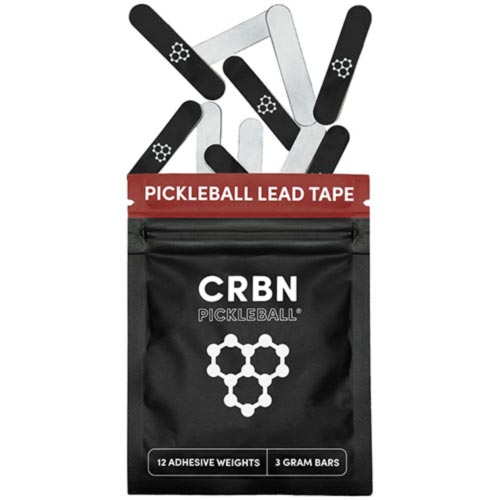How to Dominate as a Left-Side Pickleball Player
The Left Side: Quarterback of the Court
If you want to play the left side well, you’re not just another doubles partner—you’re the playmaker. In this Pickleball Cheat Code episode, Brodie Smith and Tanner Tomassi break down what makes an elite left-side player: creativity, mobility, and the ability to dictate tempo.
1. Leadership and Creativity
Left-side players aren’t just hitting balls—they’re running the offense.
-
Dictate pace: fast or slow, the left side sets the tone.
-
Direct the rally: know when to speed up, lob, or cross over.
-
Be a leader: guide the flow of play and take responsibility in the middle.
Pro Insight: Think like a coach mid-rally. You’re not only playing—you’re steering the ship.
2. The Backhand Is Your Anchor
Surprising but true: a strong backhand is more important than a forehand on the left.
-
A steady cross-court backhand prevents opponents from dinking you to death.
-
Add offense: flicks, rolls, and off-the-bounce attacks make your backhand dangerous.
-
Without it, you’ll get pinned endlessly on your weaker side.
3. Controlled Offense vs. Rock-Solid Consistency
Tanner and Brodie compare partners:
-
Aggressive players who create pressure but risk errors.
-
Safe players who never miss but rarely attack.
Takeaway: The ideal left-sider blends both. It’s easier to dial back aggression than to add it later.
4. Mobility: Covering Middle and Wide
Foot speed separates good from great.
-
Cover forehand middle attacks with quick flicks out of the air.
-
Move laterally to handle wide backhand pressure.
-
Flash for poaches and counters—don’t get stuck flat-footed.
Pro Insight: If you can’t move, you can’t cover. Mobility is non-negotiable.
5. Baseline Work: Own the Thirds
Left-side players take ~60% of thirds. That means:
-
Hit reliable drops—90% consistency is the baseline.
-
Mix in heavy drives to keep pressure high.
-
Place drops with intent: straight for poaching setups, inside-out to force awkward counters.
6. Chaos and Deception: The X-Factor
The best left-side players aren’t predictable.
-
Inject chaos with surprise speedups and rolling dinks.
-
Disguise attacks so opponents don’t know what’s coming next.
-
Use dink placement to move defenders out of position.
Pro Example: Players like Thomas Wilson and Max Manthou thrive by creating pressure from nowhere—leaving opponents second-guessing.
7. Transitioning From Right to Left
If you’re moving to the left side, start with fundamentals:
-
Build a bulletproof backhand dink.
-
Drill covering more court, including middle balls.
-
Add deception later—first master consistency and coverage.
Final Word: Be the Playmaker
The left side isn’t for passive players. To succeed, you need to lead, move, and create. With a strong backhand, consistent thirds, and the ability to mix pressure with control, you can own the court from the left and dictate the entire match.
🎧 Listen to the full episode of Pickleball Cheat Code on Spotify or Apple Podcasts.













